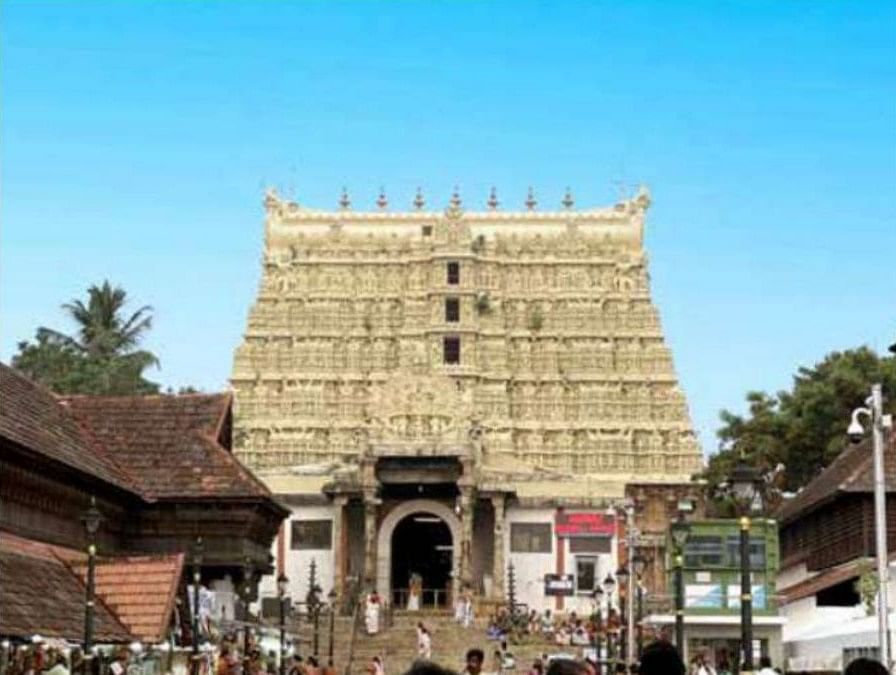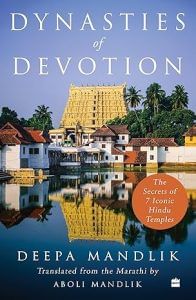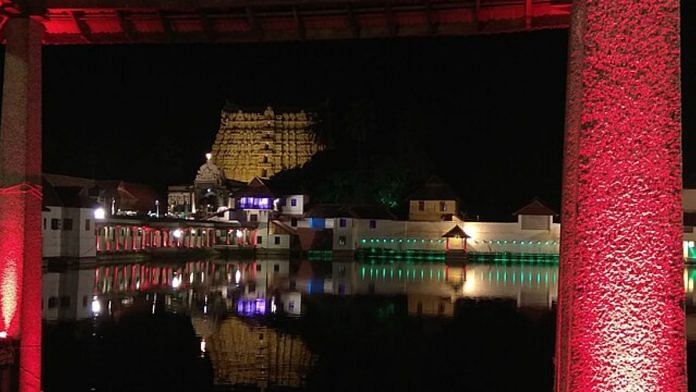The ancient Sree Padmanabhaswamy Temple, dedicated to Lord Vishnu, is located in the middle of Kerala’s capital city, Thiruvananthapuram. The temple, a veritable cultural treasure, has been a hot topic due to its immense wealth. Revered by Vaishnavites, it was thrust into the limelight in 2011 due to an order by the Supreme Court of India. The order directed a detailed inventory of the temple’s vaults and sparked widespread speculation about the ownership of this wealth, which is legally deemed to be the property of the deity Lord Padmanabhaswamy, i.e., Lord Vishnu himself. The order faced vehement opposition from the royal family of Travancore (who were handling the administration of the temple) and devotees.
While the tremendous amount of wealth in the vaults accumulated over the centuries is certainly intriguing, I was personally more drawn by the cultural significance of this temple. During my research, I was overwhelmed by its rich history, artistic architecture, traditions and the myriad beliefs and myths surrounding the temple. I gleaned and collated information about the temple’s heritage from as many sources as possible. After my research, I finally visited the incredible Sree Padmanabhaswamy Temple. In this account, I aim to convey the wealth of information I have gathered, beginning with a discussion on the temple’s revered status, its architectural splendour, and the traditions and history that form an integral part of its identity.

While there is no accurate information about when the temple was constructed, references in ancient texts provide intriguing insights into its antiquity. According to the Shrimad Bhagavad Gita, during a tirth-yatra (pilgrimage), Balram visited Sree Padmanabhaswamy and bathed in the holy water of the Padmateertham. Several texts such as the Vishnu Purana, Padma Purana, Skanda Purana, Matsya Purana, Varaha Purana, Braamanda Purana and Brahma Purana, make a reference to the temple.
Further attesting to its age, the works of ninth-century poet-saint Nammalwar (one of the twelve Vaishnavite saints of the Alwar tradition) also praise the temple. This lends credence to the belief that the temple predates the ninth century. Some historians such as Dr L.A. Ravi Verma postulate that the temple was built on the first day of the Kali Yuga, approximately 5,000 years ago. While this view may be best disregarded, there is ample historical evidence to prove the ancient origins of the temple.
Also read: Pope Benedict gave Pope Francis a white box after his resignation. It had papers on 2012 leak
The renowned ancient scripture Ananthasayana Mahatmya narrates a fascinating tale about the consecration of the temple by a Tulu Brahmin hermit named Divakaramuni. Divakarmuni, a devotee of Lord Vishnu, underwent rigorous penance until he was graced by Lord Vishnu’s divine presence in the form of a child. Charmed by the boy, Divakaramuni requested him to stay.
The boy agreed on the condition that he be treated with respect. The hermit agreed, and the two began living together. While the hermit was fond of the boy, the boy was very mischievous and would often cause trouble. One day, while the hermit was conducting pooja, the little boy defiled the pure shaligram (holy stone worshipped by Vaishnavites). Enraged, the hermit broke his promise and chastised the boy, who promptly vanished. While leaving, the boy revealed himself as Lord Vishnu and said, ‘If you wish to meet me again, come to the Ananthakaadu.’
Divakarmuni set out in search of Ananthakaadu. One day while searching, he came across a mother scolding her child, threatening to send the disobedient one to Ananthakaadu. He got directions from the woman and finally arrived at Ananthakaadu, located in a dense jungle near the sea. When he began praying to Lord Vishnu, a colossal tree collapsed before him and transformed into Lord Vishnu resting on the infinite serpent Adishesha. Divarkaramuni was overwhelmed and grateful that Lord Vishnu had graced him with his presence. However, since the divine form was gigantic, stretching across eight miles, the hermit prayed to Lord Vishnu to reduce his size to one which he could see in its entirety. The hermit’s prayers were answered, and Lord Vishnu reduced his size. It is said that this was the place where the temple was consecrated.
An alternate version of this story replaces Divakaramuni with Namboodiri hermit Vilvamangalathu, a revered figure known for consecrating numerous ancient temples in south India. In this version, the hermit devotedly offered the deity pieces of mango, which he had taken from a nearby tree in a coconut shell as naivedya Property of HarperCollins Indiadeepa mandlik 156 (sacred food offered to God). The practice endures to this day, where a naivedya of raw mango is offered to the deity in gold-plated cups.
The similarities in the descriptions of Divakaramuni and Vilvamangalathu have led some to consider them as potentially the same person. Even today, the temple commissions Namboodiri Brahmin hermits to conduct the pushpanjali (offering of flowers) in the morning pooja. The temple’s daily rituals commence with the first pooja at the early hour of 3.30 a.m., a serene and sacred time when devotees and tourists alike gather to witness this spiritual spectacle.
For those eager to participate, the temple facilitates online bookings, allowing individuals to secure a time slot for the pooja by paying a nominal fee. My own experience, having made a reservation for the earliest pooja, remains etched in my memory—the tranquil sanctum sanctorum bathed in the warm glow of diyas (lamps), the crisp dawn air carrying the sweet fragrance of flowers, the resonant chanting of mantras and bells, and the collective devotion of worshippers chanting ‘Govinda! Govinda!’

This excerpt from ‘Dynasties of Devotion’ by Deepa Mandlik has been published with permission from HarperCollins Publishers India.






